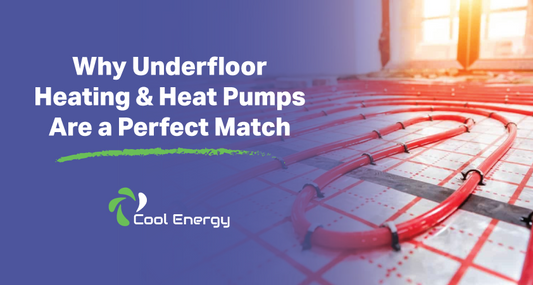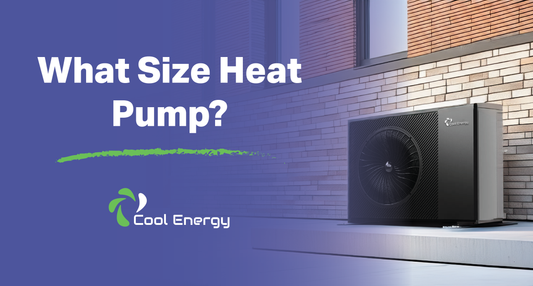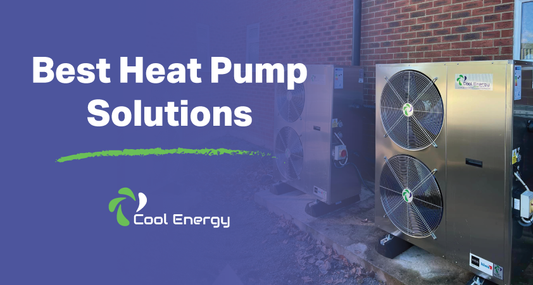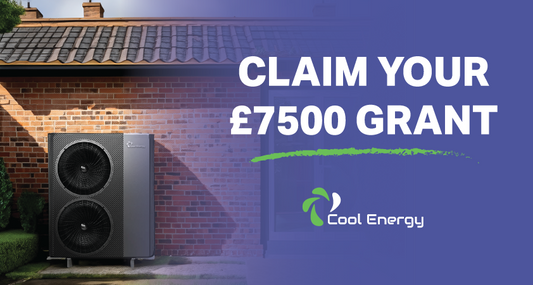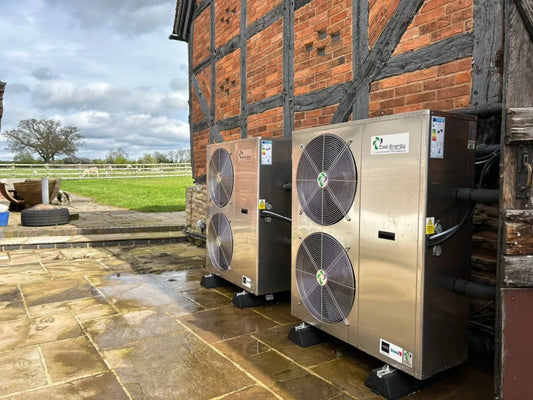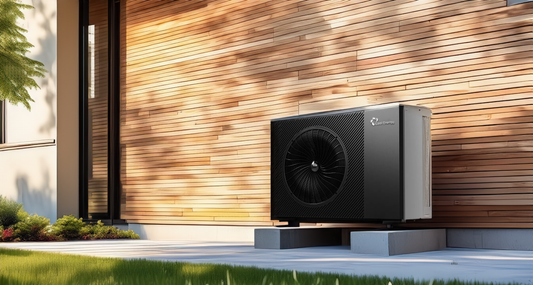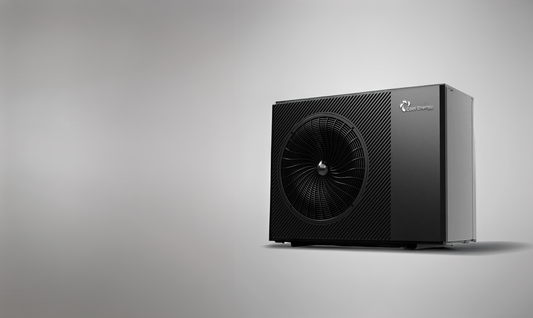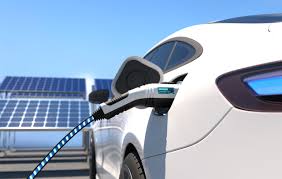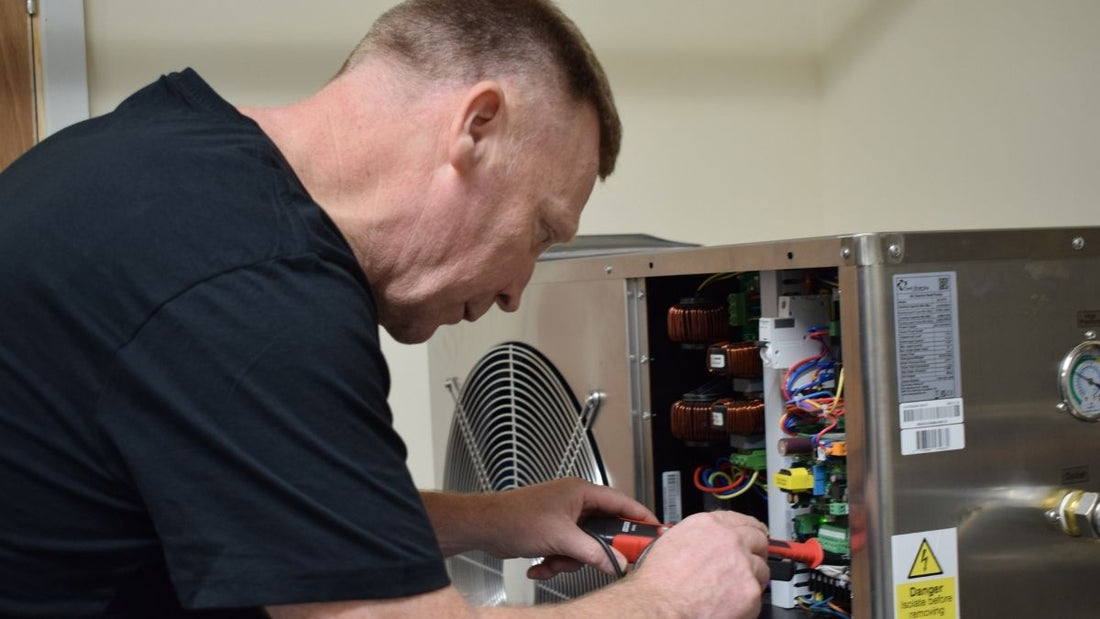
Mantenimiento de la bomba de calor de fuente de aire
¿Listo para cambiar su antigua caldera por una nueva bomba de calor ? A pesar de los gastos iniciales asociados con las bombas de calor , existen numerosas ventajas, como un hogar acogedor, una menor huella de carbono y un mantenimiento mínimo.
Aunque las bombas de calor aerotérmicas suelen requerir un mantenimiento mínimo, existen algunas tareas periódicas que debe realizar para garantizar su óptimo rendimiento. A continuación, detallamos nuestras principales recomendaciones de mantenimiento para bombas de calor aerotérmicas , para que pueda disfrutar de estas ventajas durante muchos años.
¿Cuánto mantenimiento necesita una bomba de calor?
Generalmente, las bombas de calor aerotérmicas son sistemas de bajo mantenimiento. Para garantizar su correcto funcionamiento, es fundamental mantener la limpieza y un flujo de aire sin obstrucciones.
Con un mantenimiento diligente de su bomba de calor, esta puede durar hasta 20 años, superando la vida útil típica de una caldera, que es de unos 15 años. Un pequeño mantenimiento minucioso puede tener un impacto considerable.
Lista de verificación de mantenimiento de la bomba de calor de fuente de aire
Para garantizar beneficios duraderos, es importante realizar los siguientes controles anualmente; cuyos beneficios se sentirán durante aproximadamente dos décadas.
Aunque el diseño y la ubicación de las bombas de calor aerotérmicas pueden variar, los procedimientos de mantenimiento suelen ser similares. Están disponibles en diversas versiones, como las de montaje en suelo o las integradas en la estructura que soportan.
A continuación, se presentan algunas técnicas sencillas para el mantenimiento de su valiosa bomba. Sin embargo, es fundamental destacar que, antes de realizar cualquier mantenimiento, asegúrese de que la bomba de calor esté apagada para minimizar el riesgo de fallos eléctricos o problemas de seguridad.
1. Mantenlo limpio
Para garantizar la durabilidad y el máximo rendimiento de su bomba de calor aerotérmica , es fundamental mantenerla limpia. A continuación, se indican algunos métodos de limpieza esenciales que puede utilizar:
Limpiando las bobinas
- Utilice un cepillo suave para eliminar el polvo o los residuos acumulados en las bobinas.
- Después de cepillar, use un paño húmedo para limpiar suavemente las bobinas y eliminar cualquier suciedad restante, asegurándose de que el paño esté húmedo pero no empapado para evitar daños.
- Preste especial atención a las aletas de las bobinas, ya que pueden atrapar suciedad fácilmente y requieren una limpieza profunda.
- Limpiar periódicamente las bobinas ayuda a mantener su limpieza y promueve el funcionamiento eficiente de la bomba de calor.
Reemplazo de filtros cada 30-60 días
- Para garantizar un flujo de aire sin obstrucciones y mantener la eficiencia, reemplace los filtros cada 30 a 60 días para evitar bloqueos.
- Retire los filtros de la bomba de calor y utilice una aspiradora para eliminar el polvo y los residuos. Los filtros lavables pueden sumergirse en una solución de agua y detergente suave, frotarse suavemente, enjuagarse bien y dejarse secar antes de volver a instalarlos.
Quitar las aspas del ventilador y limpiar la suciedad
- Retire las aspas del ventilador de la unidad de la bomba de calor y utilice un cepillo suave para eliminar con cuidado la suciedad o los residuos acumulados.
- Limpie las aspas con un paño húmedo para asegurar una limpieza completa, evitando el exceso de humedad para evitar daños. Ajuste o tense la correa del ventilador si es necesario.
Limpieza de los registros
- Utilice un cepillo de cerdas suaves para eliminar con cuidado el polvo, el pelo de las mascotas y los residuos ligeros de los registros, prestando atención a las esquinas y los bordes.
- Si es necesario, utilice un paño ligeramente húmedo para limpiar los registros para una limpieza más profunda.
Seguir esta rutina de mantenimiento garantiza que su bomba de calor de fuente de aire funcione de manera eficiente con un flujo de aire limpio y sin restricciones, lo que promueve su rendimiento óptimo.
2. Retire cualquier obstrucción
Un flujo de aire adecuado es esencial para el funcionamiento eficiente de las bombas de calor aerotérmicas. Incluso una pequeña cantidad de hierba cerca de la unidad puede afectar significativamente la eficacia de su sistema de calefacción, lo que podría provocar un invierno menos confortable en su hogar.
Dos métodos principales para evitar que las obstrucciones afecten su bomba de calor incluyen:
Limpieza de vegetación invasora, hojas, suciedad y escombros.
- Se recomienda mantener un área ordenada y limpia alrededor de las bombas de calor para garantizar su funcionamiento óptimo.
Descongelar su unidad
- Durante el invierno, la unidad exterior de la bomba de calor puede acumular hielo, lo que dificulta la transferencia de calor. Algunos modelos de bomba de calor incorporan una función de descongelación diseñada para derretir gradualmente el hielo, lo que soluciona eficazmente este problema.
3. Inspeccione la unidad de vez en cuando
Inspeccione la unidad exterior para detectar fugas visibles.
Muchas bombas de calor están equipadas con una bandeja de drenaje diseñada para recoger la condensación generada por la unidad. Sin embargo, si esta bandeja se obstruye con residuos, moho o algas, puede provocar un desbordamiento y la formación de un charco cerca de la bomba de calor. Si detecta una fuga, una limpieza rápida y sencilla suele resolver el problema en pocos minutos.
Reponer glicol (anticongelante)
Para proteger la bomba de calor de la congelación y posibles daños durante el invierno, es fundamental tomar medidas preventivas. Recargar el anticongelante anualmente suele ser necesario para mantener la garantía del fabricante y asegurar el correcto funcionamiento de la unidad, protegiéndola de los problemas causados por las temperaturas gélidas.
Monitorear la presión del agua del sistema
Es fundamental supervisar regularmente la presión del agua del sistema. Compruebe la presión cuando el sistema esté frío. En un bungalow, el manómetro idealmente debería marcar alrededor de 0,7 bar, mientras que en una casa de dos plantas, debería ser de aproximadamente 1,2 bar. Al supervisar la presión del agua, puede garantizar el funcionamiento óptimo del sistema y realizar los ajustes necesarios.
4. Pruebe los controles
Es muy recomendable evaluar periódicamente el funcionamiento de los componentes eléctricos de su sistema de bomba de calor . Esto puede lograrse observando el funcionamiento del termostato y las válvulas termostáticas de radiador (TRV). También es fundamental verificar que las válvulas de presión funcionen correctamente al ajustar la calefacción. Si se detectan fallos o irregularidades, se recomienda buscar asistencia profesional para investigar posibles problemas internos del sistema.
Si su bomba de calor proporciona agua caliente y calefacción, probablemente cuente con un controlador de dos canales. Este controlador le permite programar diferentes temperaturas y horarios para cada configuración. Se recomienda evaluar periódicamente el rendimiento de estos controles para garantizar que la temperatura sea precisa y funcione correctamente. Mediante la revisión y el mantenimiento periódicos de estos componentes eléctricos, puede garantizar el funcionamiento eficiente de su sistema de bomba de calor .
5. Haz que lo revisen
Se recomienda programar una revisión para su sistema con un técnico especializado en bombas de calor aerotérmicas cada 2 o 3 años. Sin embargo, tenga en cuenta que algunas garantías pueden estipular una revisión anual. Para evitar problemas imprevistos, es recomendable realizar la revisión de sus bombas de calor antes del invierno. Este enfoque proactivo garantiza que cualquier problema potencial se solucione con prontitud, evitando interrupciones en el suministro de calefacción durante los meses más fríos.
Durante una inspección, el ingeniero realizará una evaluación exhaustiva del sistema, que incluye:
- Rellenar el nivel de refrigerante si está bajo
- Evaluación de los niveles de presión del agua
- Inspeccionar los conductos para detectar fugas y realizar reparaciones si es necesario
- Comprobación del flujo de aire para garantizar que cumpla con los niveles adecuados
- Examinar las bobinas interiores, los filtros y los ventiladores para detectar suciedad y otros residuos.
- Lubricación de motores y correas móviles
- Comprobación de posibles signos de desgaste
- Verificar el correcto funcionamiento de los controles de calefacción
- Probar el termostato para garantizar que responde correctamente
¿Cuánto cuesta el mantenimiento de una bomba de calor de fuente de aire?
El coste del mantenimiento de su bomba de calor aerotérmica suele oscilar entre 150 y 200 libras. Es importante tener en cuenta que este precio puede variar según la empresa elegida y el tamaño de su bomba de calor.
En comparación con las calderas tradicionales de gas o gasóleo, el mantenimiento de las bombas de calor suele ser más económico. Aparte del coste anual de mantenimiento y los gastos de anticongelante y filtros, hay pocos costes adicionales a considerar.
Con el tiempo, como ocurre con cualquier sistema mecánico, es posible que sea necesario reemplazar varias piezas para garantizar el correcto funcionamiento de la unidad. El coste de estos reemplazos varía según las piezas específicas requeridas. Por ejemplo, reemplazar una válvula de presión de agua puede costar entre 20 y 40 libras (sin contar la mano de obra), mientras que reemplazar un condensador podría ascender a varios miles de libras.
Cómo evitar que una bomba de calor pierda presión
Al igual que una caldera tradicional, su bomba de calor aerotérmica puede experimentar baja presión ocasionalmente. Esto podría deberse a niveles bajos de refrigerante o a un conducto de aire sucio, ambos problemas relativamente fáciles de solucionar.
Para restablecer la presión, puede rellenar el refrigerante o limpiar los componentes del conducto de aire. Estas soluciones sencillas suelen ser eficaces para resolver el problema.
Sin embargo, si estas soluciones básicas no solucionan el problema de baja presión, podría haber un problema subyacente en la unidad interna. En tales casos, se recomienda contratar a un ingeniero cualificado para que diagnostique y resuelva el problema. Este técnico tendrá la experiencia necesaria para identificar otras posibles causas y ofrecer soluciones adecuadas.
Las ventajas de mantener una bomba de calor de fuente de aire incluyen:
- Prolonga la vida útil de su bomba de calor de fuente de aire por hasta 20 años
- Elimina bacterias y olores limpiando filtros, aspas del ventilador y serpentines Mejora la bomba de calor eficiencia
- Reduce el consumo energético doméstico y la huella de carbono del propietario.
- Disminuye la probabilidad de averías del sistema.
- Mantiene el cumplimiento de su unidad con Requisitos del Incentivo de Calor Renovable (RHI) y BUS y garantía del fabricante
